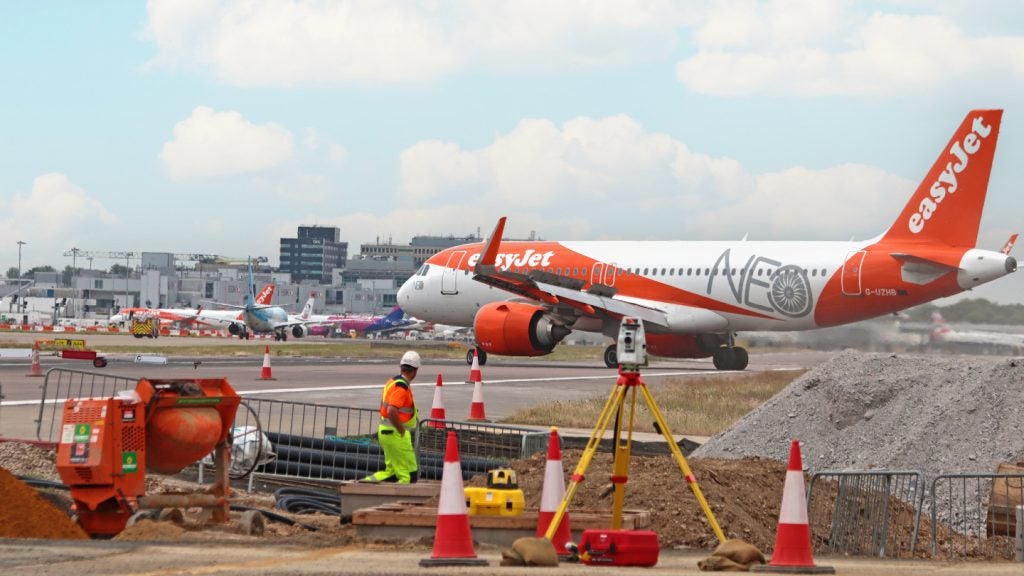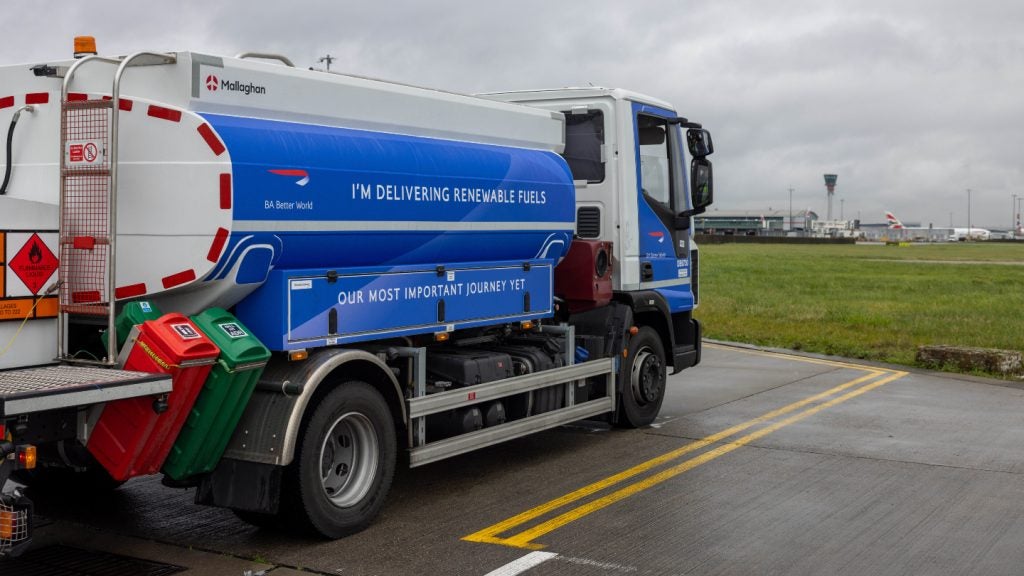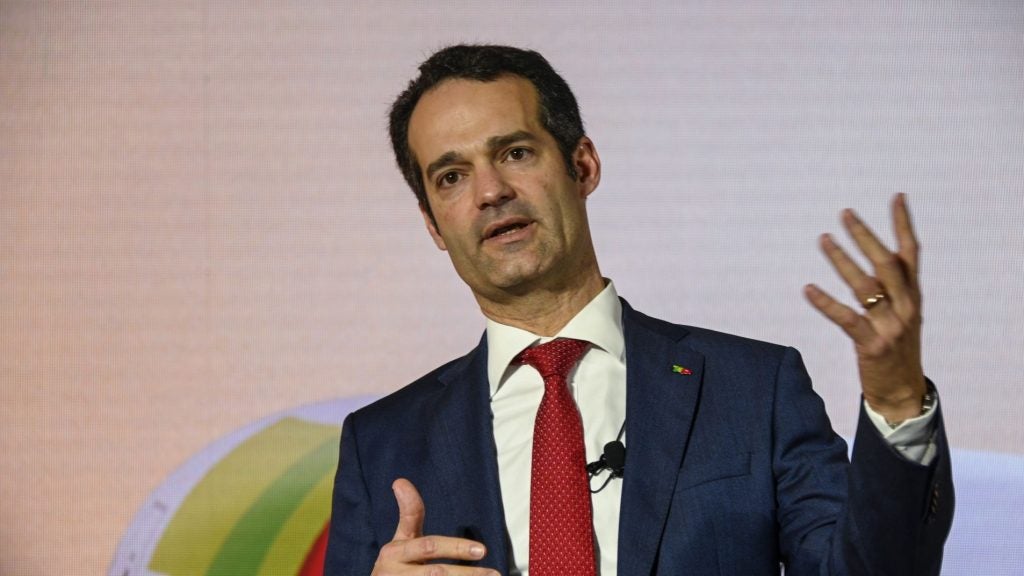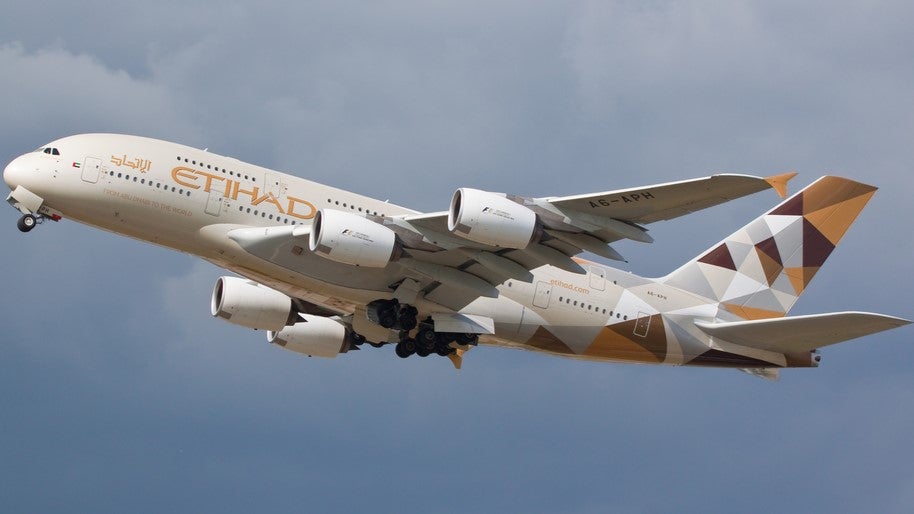UAE’s flag carrier Etihad Airways cut carbon dioxide emissions by approximately 195,000t last year.
The reduction was a result of several measures implemented by the airline including updates to flight plans, aircraft and descent manoeuvres.
As a result, Etihad Airways could minimise the amount of fuel consumed by its aircraft by more than 62,000t, which represents a 3.3% improvement from the previous year. The fuel saving is sufficient to operate 850 flights between Abu Dhabi and London.
The airline adjusted flight plans which helped it to reduce approximately 900 hours of flying time across the network, thereby saving 5,400t of fuel and eliminating about 17,000t of carbon dioxide emissions.
Last year, Etihad Airways deployed the fuel efficient and lightweight Boeing 787 aircraft to cut carbon emissions. At present, the airline flies 19 Boeing 787s in its 115 plane fleet of passenger and cargo aircraft.
Etihad Airways chief operations officer Richard Hill said: “2017 was a particularly good year for fuel efficiency.
How well do you really know your competitors?
Access the most comprehensive Company Profiles on the market, powered by GlobalData. Save hours of research. Gain competitive edge.

Thank you!
Your download email will arrive shortly
Not ready to buy yet? Download a free sample
We are confident about the unique quality of our Company Profiles. However, we want you to make the most beneficial decision for your business, so we offer a free sample that you can download by submitting the below form
By GlobalData“The combination of retiring some of our older aircraft and increasing the proportion of Boeing 787 aircraft within our fleet, together with optimising our flight paths among a range of other initiatives has made a noticeable improvement to our fuel consumption and emissions profile.”
In an effort to improve the efficiency of many of the approach profiles, the airline boosted its collaboration with air traffic control providers at several airports to which it operates, particularly in Abu Dhabi.
Due to an increase in the number of continuous descent approaches last year, Etihad Airways was able to save a total of 980t of fuel.
The efficiency per passenger kilometre improved by nearly 36% on some of its routes by pooling important fuel saving projects with operational improvements.







